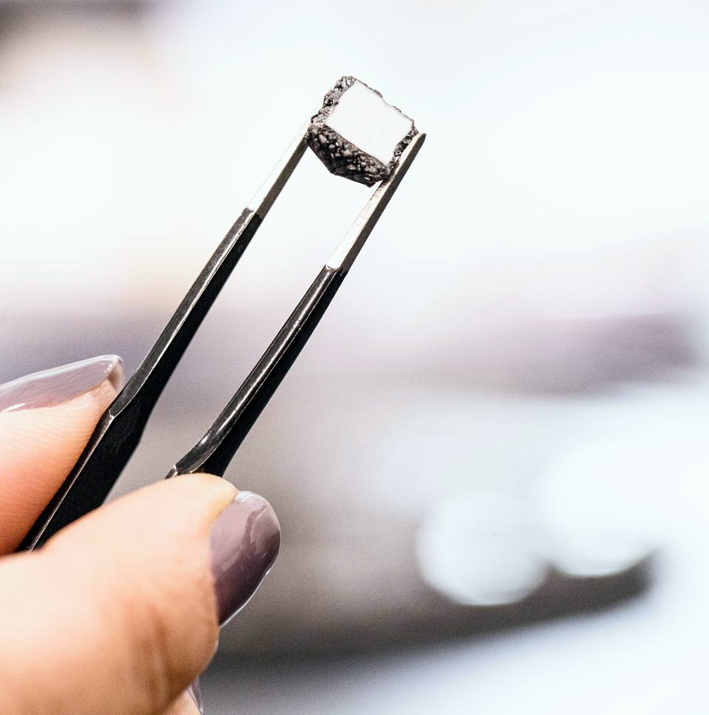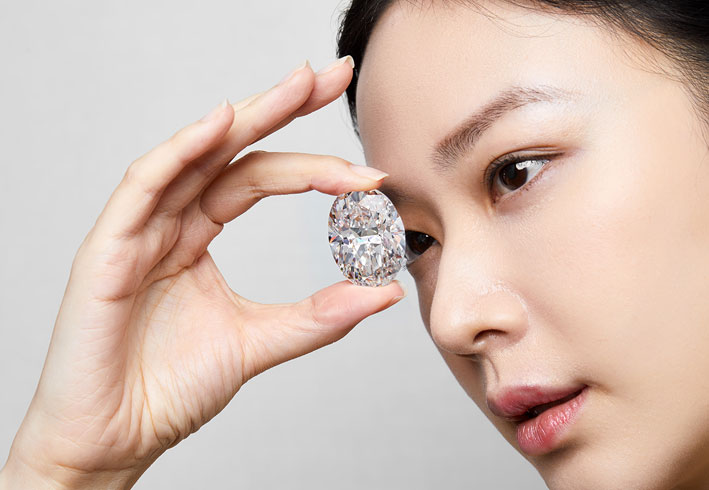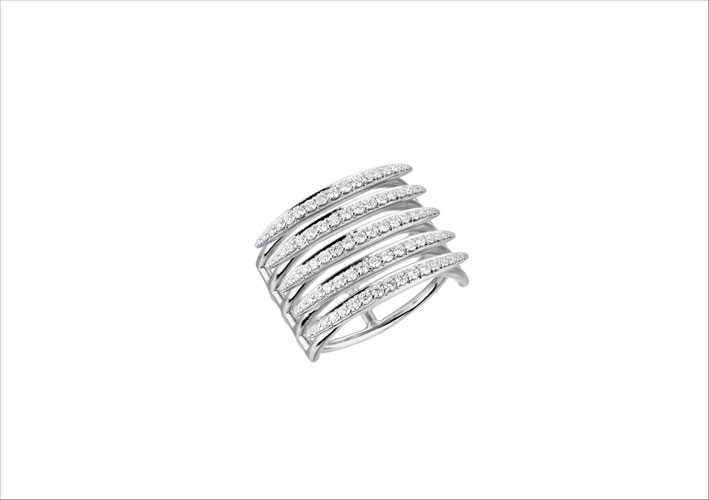Who buys factory-made diamonds? Synthetic diamonds, from a chemical point of view completely identical to natural ones, are a recent bet on the jewelry market. While until a few years ago these diamonds, produced with different methods, were confined for industrial use (for example, for cutting machines), now artificial diamonds are also more widespread in jewelry. Those who sell them define these stones as “grown” or “grown” in the laboratory. Pay attention to it: the two terms, chosen for marketing, suggest that the stones are like plants that grow or are cultivated in a kind of greenhouse. An idea that has thus been associated with the concept of sustainability: the diamonds that come out of a production plant are green, those extracted from the earth are not. An idea that does not all agree with. Certainly, however, they are cheaper diamonds.
In any case, marketing and advertising are powerful tools, as certified by a market research conducted in the United States by The MVEye. The research identified the buyer groups who, according to the analyst firm, are driving explosive global growth in the lab-grown diamond industry. The company has divided the customers of these synthetic diamonds into several groups. The first group is defined as In the Know (i.e. informed) and is made up of millennials between the ages of 25 and 38. In short, young people who have established that laboratory diamonds are truly green. The group, the survey specifies, includes multiple ethnic groups and non-traditional couples.
The second group, on the contrary, has been described as In the Dark (that is, they are in the dark). This segment of people is also made up of millennials between the ages of 25 and 38 who, however, have not heard of lab-grown diamonds. On the other hand, according to The MVEye they can easily be persuaded to buy synthetic diamond jewelry. This group also includes multiple ethnicities and non-traditional couples.
The third group detected is that of Upgraders (ie those who like to update themselves on news). They are more mature consumers, aged 55 or over, but ready to buy engagement rings (if they are sprightly) or more easily for some anniversary. They often don’t have much knowledge about lab-grown diamonds, but they might be motivated to buy a larger size diamond if they find that man-made ones are cheaper. In short, it is a question of budget. Finally, another group has been defined as SPF, which stands for Self-purchasing females, that is, women who buy jewelry for themselves. According to the research, they too would be a type of customer ready to buy an artificial diamond thanks to the price advantage.











